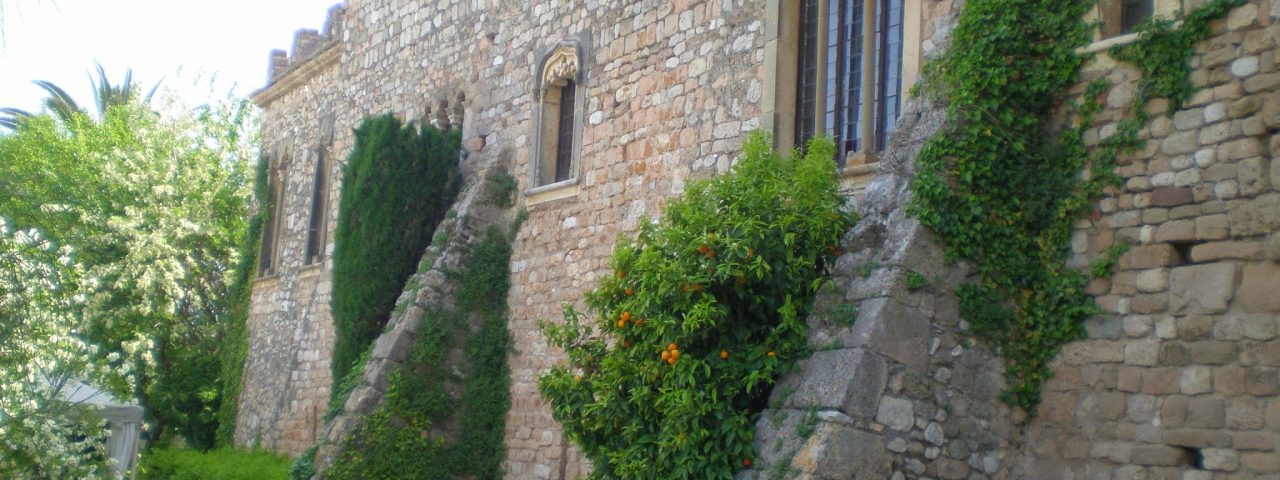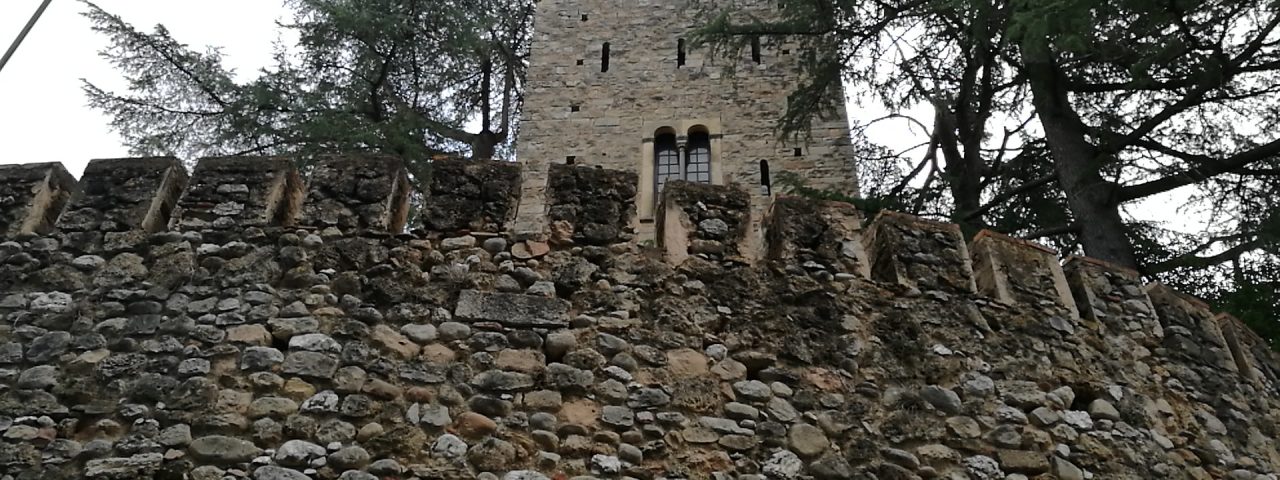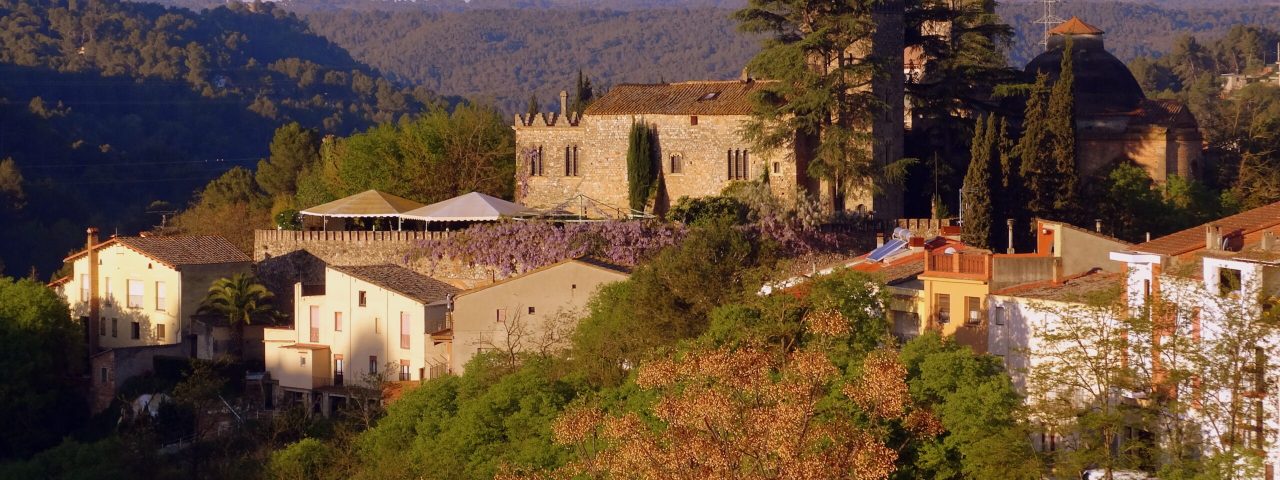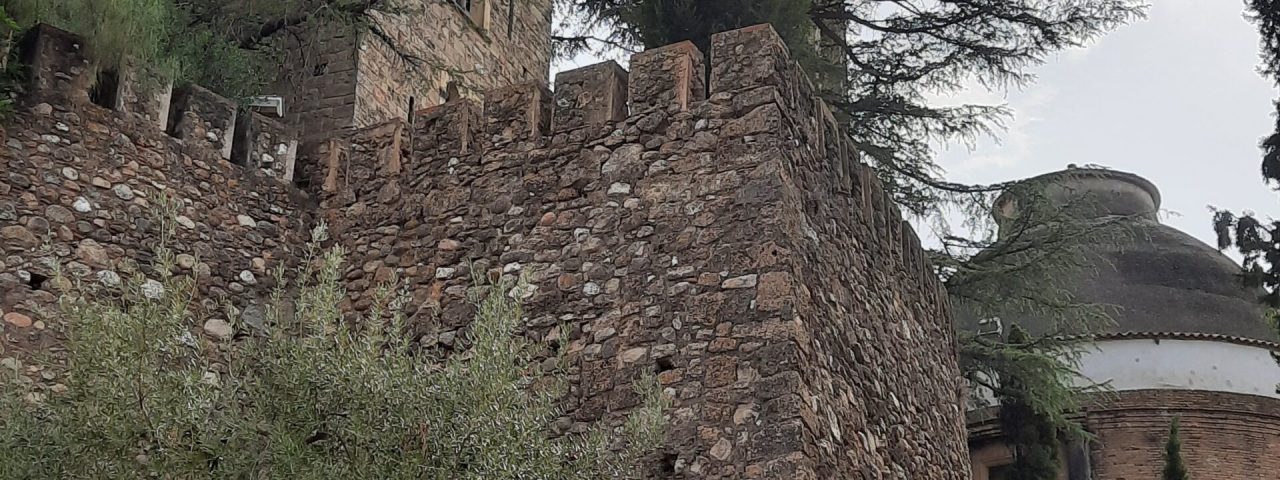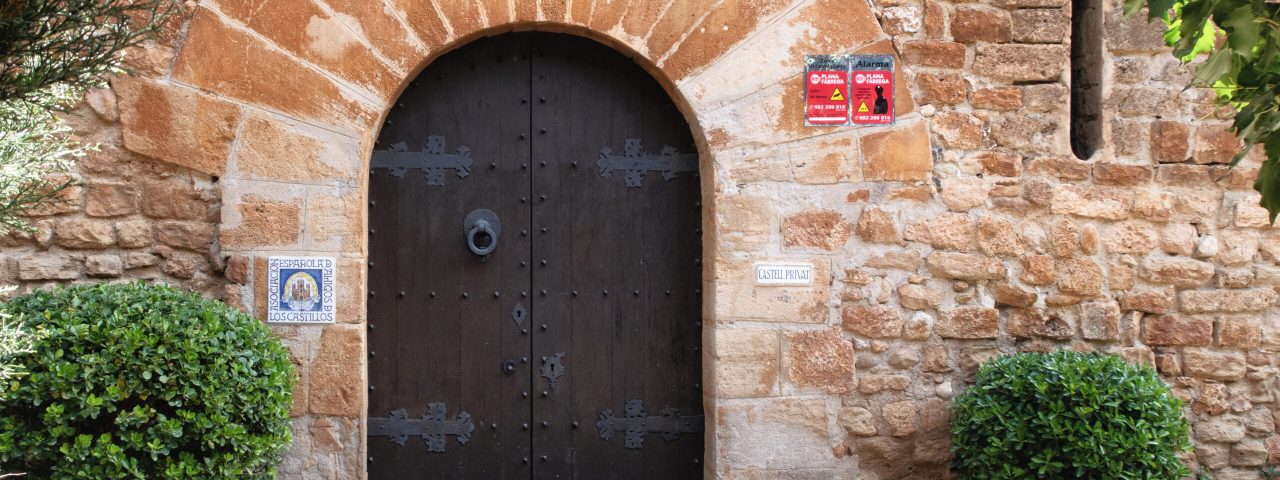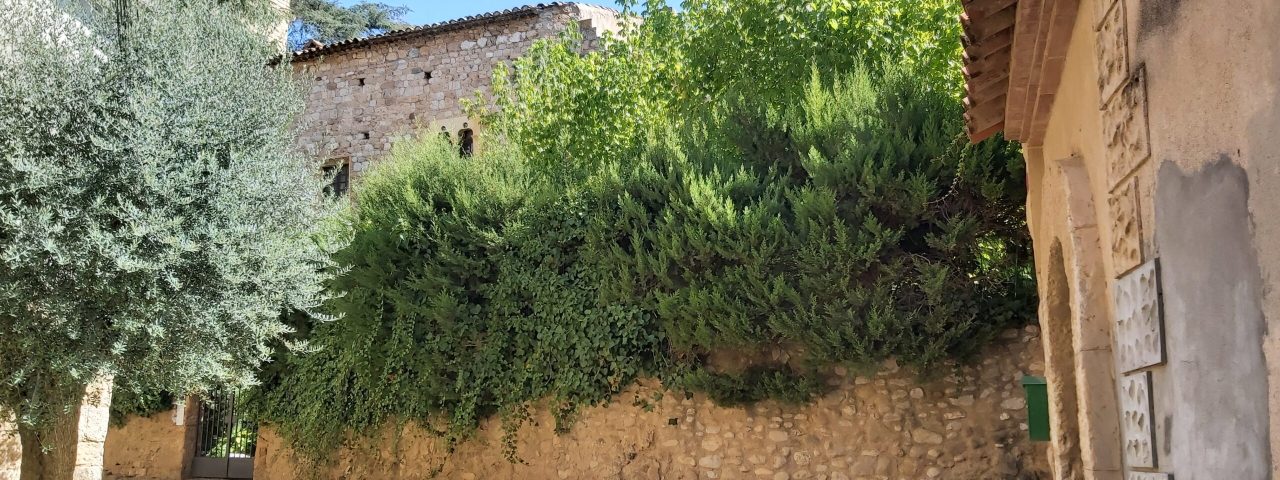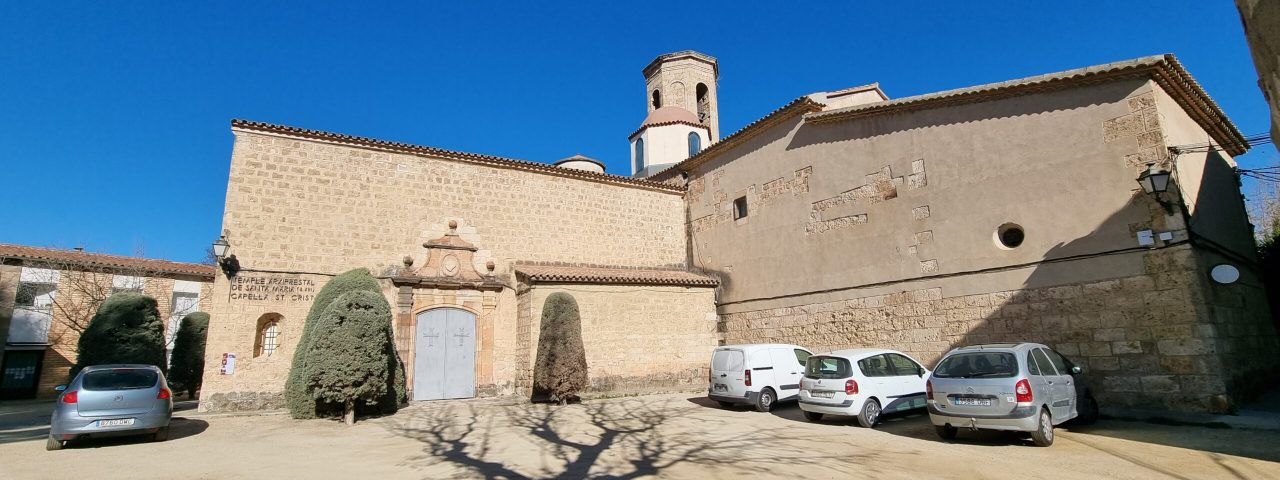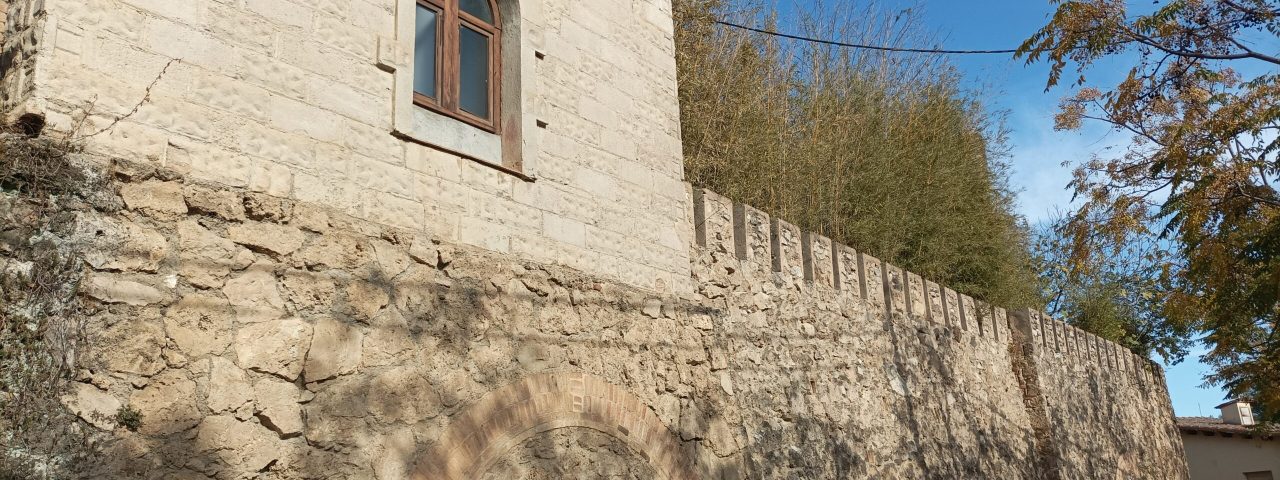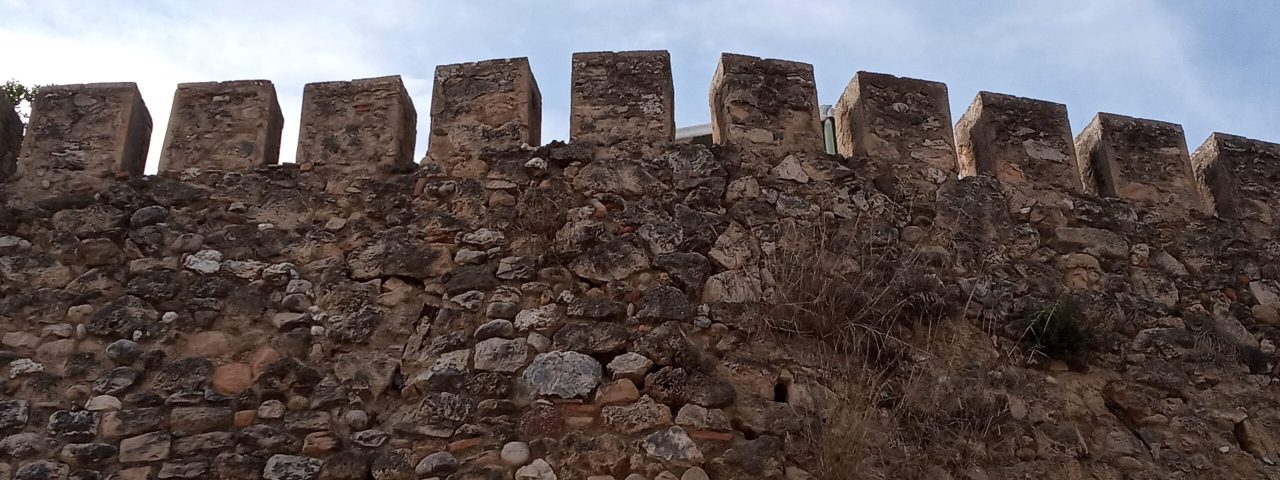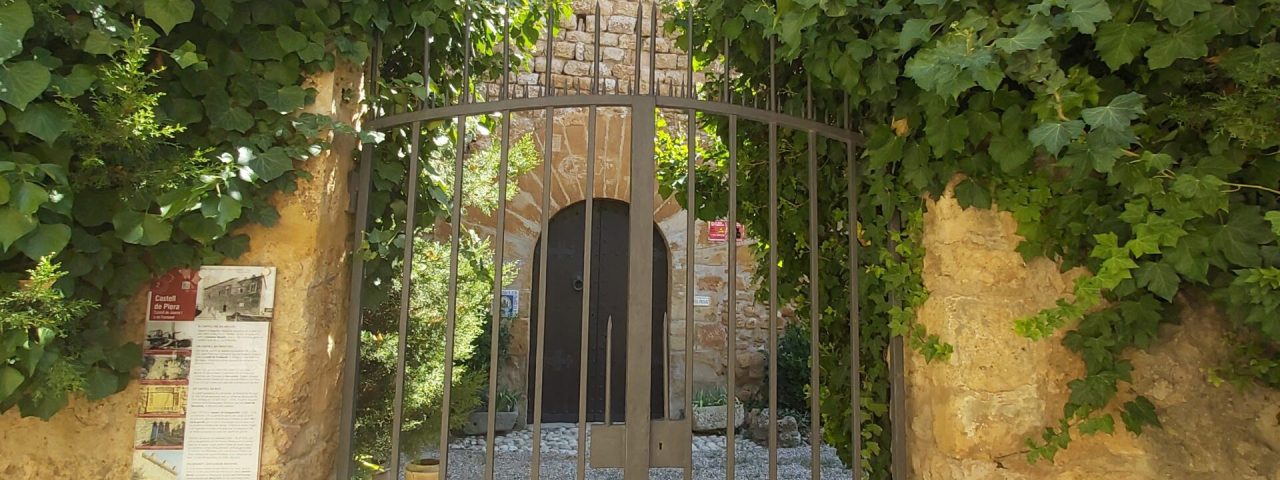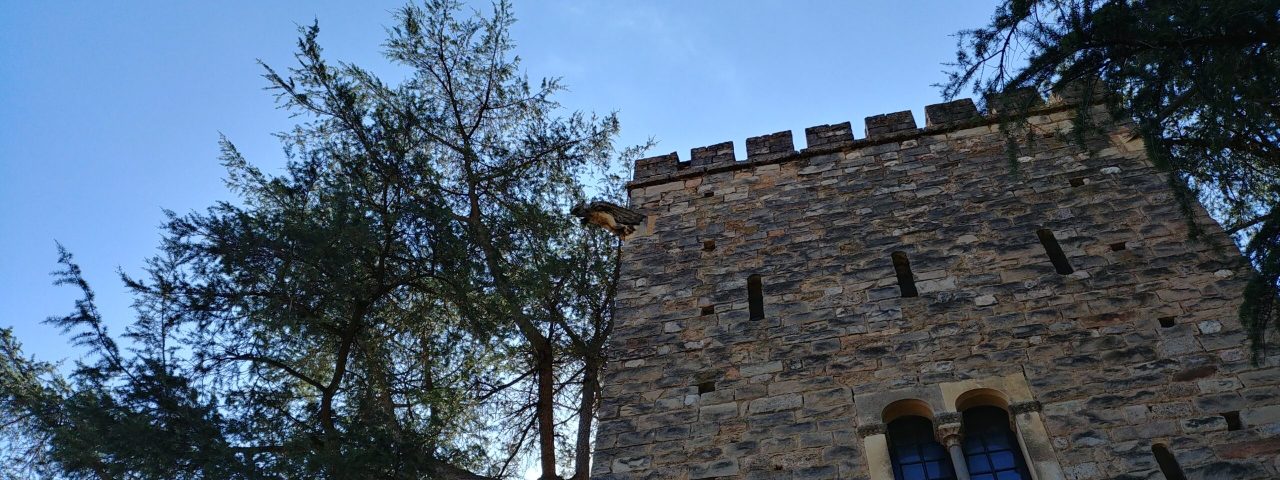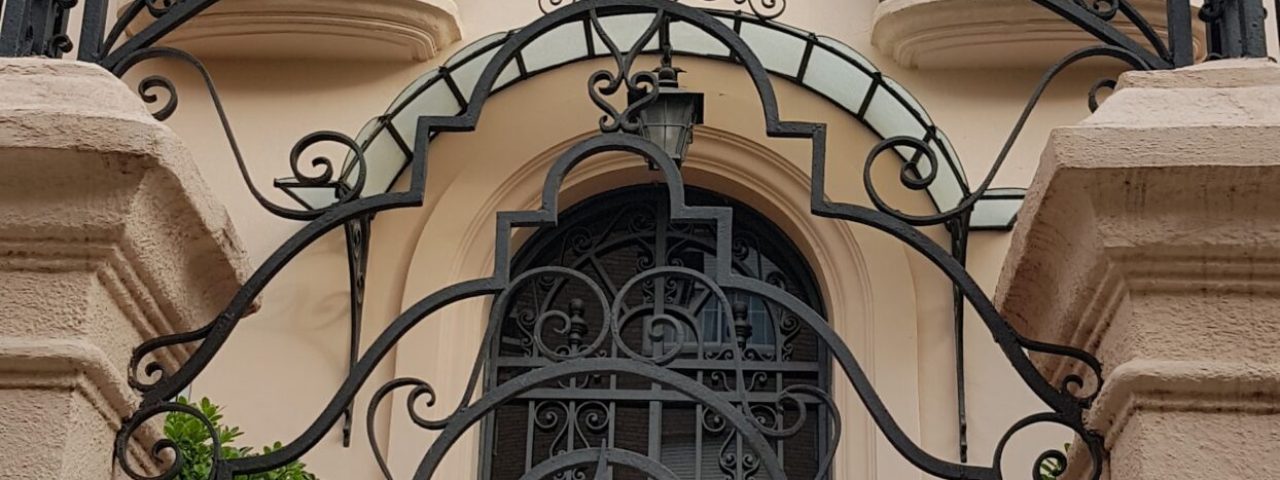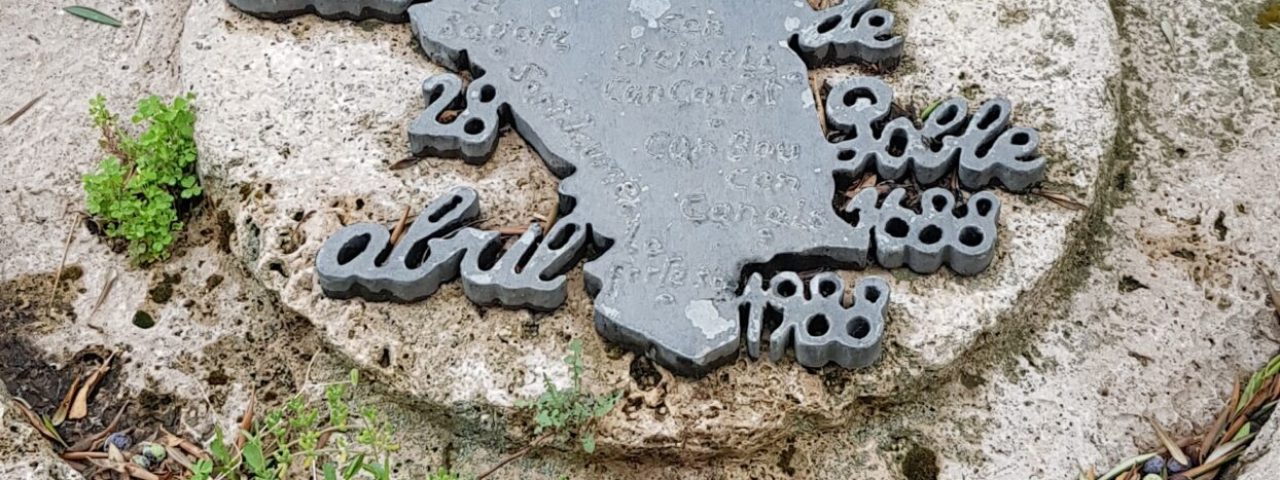Piera has a rich history that stretches back to ancient times, with evidence of human habitation from the Neolithic period. However, the town’s historical identity became more defined during the Roman period, when the area was settled and developed as part of the Roman Empire. Later, during the Middle Ages, Piera became part of the Catalan-Aragonese Crown, and its castle, which still stands today, was a key defensive structure in the region. The town also played a role in the region’s Christian and Moorish struggles, shaping its architectural and cultural heritage.
Piera is deeply connected to Catalonia’s cultural traditions. Throughout the year, the town celebrates several local festivals, most notably the “Festa Major,” held in late summer. This festival features traditional Catalonian music, dance (such as sardanas), and fireworks, drawing both locals and tourists. Additionally, the town hosts an annual grape harvest festival, a nod to its historical and ongoing role in the winemaking industry. These festivals reflect the deep-rooted community spirit and cultural pride that Piera’s residents cherish.
Visitors can also explore important local landmarks such as the Castle of Piera, a medieval fortress that offers panoramic views of the surrounding countryside, and the parish church of Santa María, which dates back to the Gothic period. These historical sites, along with the town’s cultural activities, provide visitors with a deep sense of Piera’s historical legacy and community life.
